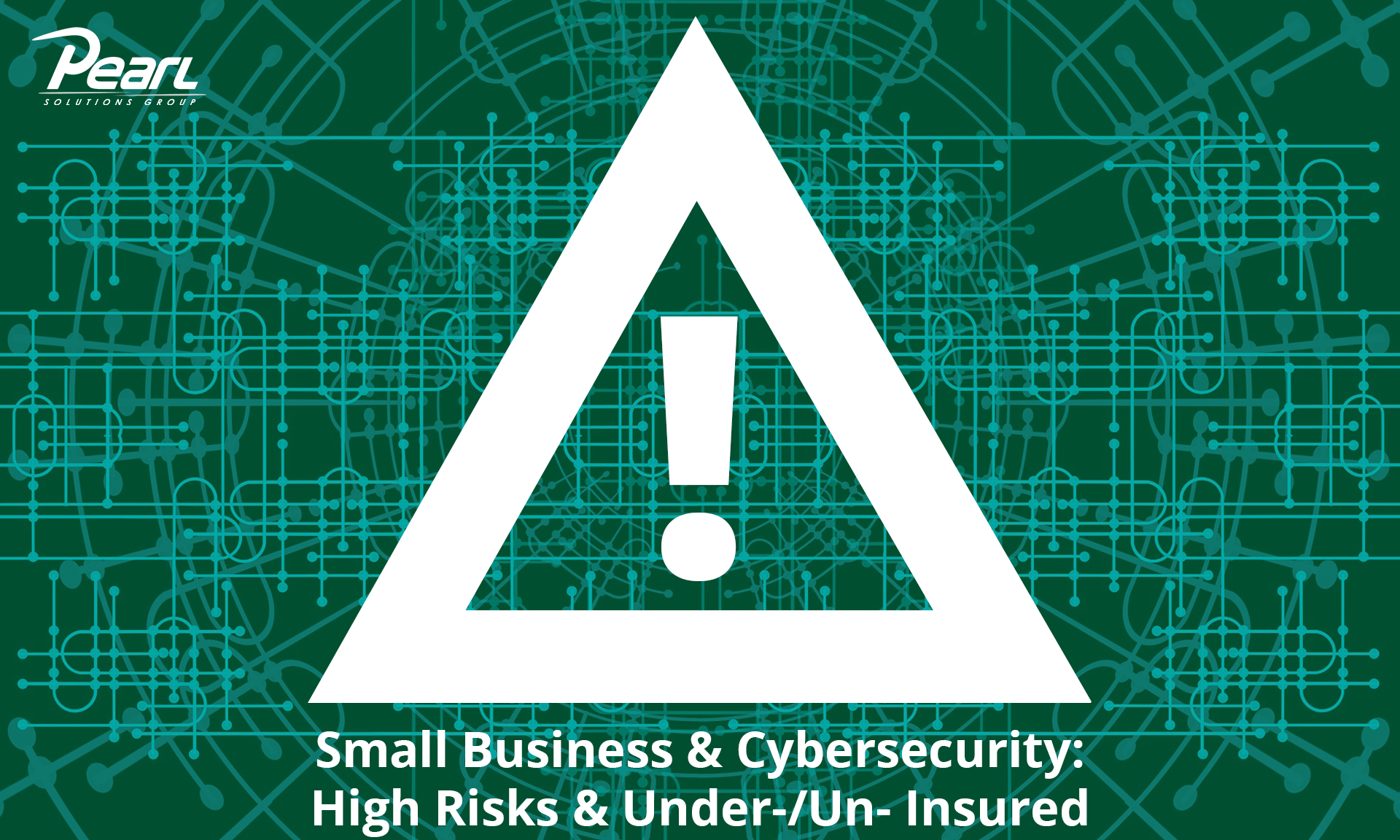According to experts, including the NetDiligence 2020 Cyber Claims Study, small to mid-sized organizations are the MOST at risk for a cyber attack. Generally, hackers recognize small businesses as easier targets with less sophisticated preventions and sometimes little to no barriers against a breach. Unfortunately, more than half of small businesses do not have cyber insurance, even in the face of higher cyber attack risk.
Many small businesses do not feel confident in their ability to defend against cyberattacks on their own because of a gap in both their skills and in deployed solutions:
- 56% do NOT have specific cybersecurity experts within their organization.
- 52% do NOT have incidence response planning in the event of a cyber attack.
- 45% do NOT have document management solutions.
- 43% do NOT have endpoint protection.
- 40% do NOT engage themselves or their staff in security awareness training and education.
- 37% do NOT have network protection.
- 31% do NOT have email security.
Alarmingly, even with the acknowledgment of gaps in cyberattack prevention capabilities, 51% of small businesses do not have cyber insurance. Cyber insurance is important to the financial well-being and future of your small business. A single claim can be costly and difficult to overcome on your own. Cyber insurance helps reduce the potentially devastating effects of a claim. However, all policies are not created equal. You must understand your coverages and exclusions and make sure the policy you have is the right fit for your business and the current state of risks.
44% of claims come from hacks, malware, and viruses, 56% of claims come from a staff mistake, rogue employee, lost/stolen devices. Make sure your policy covers common causes of loss for small to medium enterprises including:
- Data Loss
- Network Security Failures
- Rogue Employees
- Breach of Contract
- Lost or stolen unencrypted devices
You will also need to consider first-party and third-party coverage. First-party coverage protects your data, including employee and customer information. Coverage typically includes your business costs related to legal counsel, recovery and replacement of data, customer notification, crisis management, cyber extortion, forensic services, fees and penalties, and lost income due to business interruption. Third-party coverage generally protects you from liability if a third party brings claims against you. Coverage typically includes payments to consumers affected by breach, claims and settlement expenses, cost of litigation and regulatory inquiries, losses related to defamation, and accounting costs.
Learn more about the current state of cyber attacks and security, what cyber insurance covers, how premiums are determined, and how much you might expect to pay during our webinar with Christine Marciano from Cyber Data Risk Managers LLC. Register to join us live Tuesday, August 31st at 10:30 AM CST or catch the recording later at Webinars | Pearl Solutions Group IT Management and Services (pearlsolves.com).




